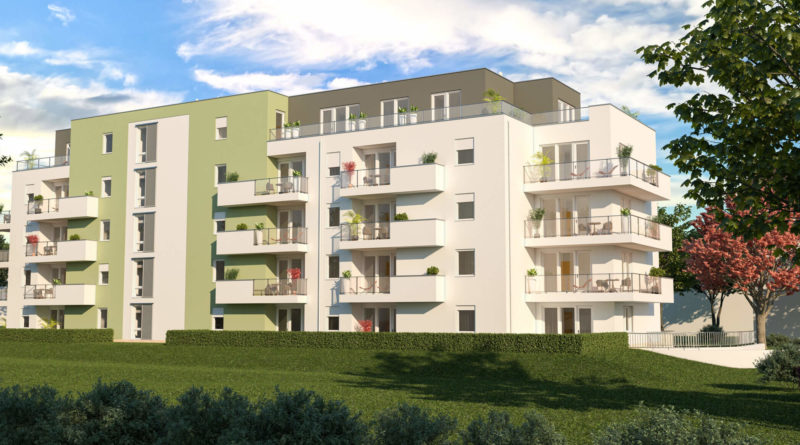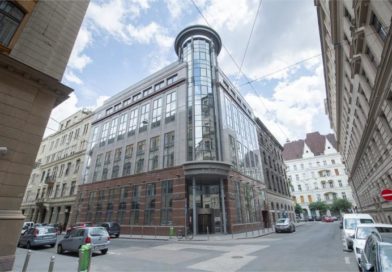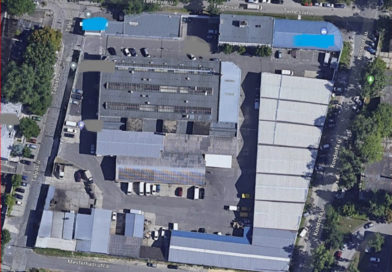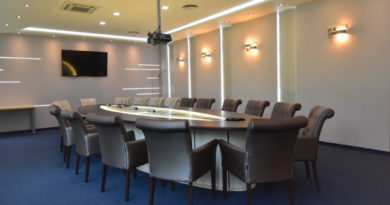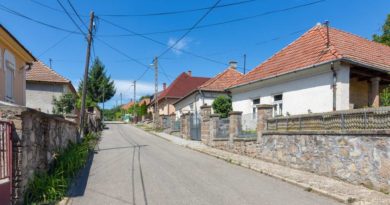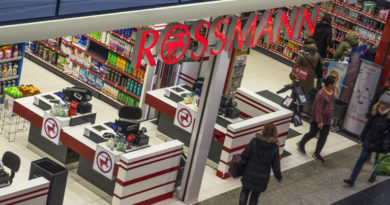Improving occupier activity on the Budapest office and industrial markets compared to Q1
Jones Lang LaSalle has published its Budapest City Report Q2 2012 focusing on the latest real estate trends of the Budapest real estate market. The report reveals that the Budapest market gained momentum throughout the second quarter of the year however on a slower pace. Take-up levels on both office and industrial markets boosted compared to the previous quarter however those levels remained below the 5 year quarterly average. Despite the increasing occupier activity, vacancy rates continued to increase in both sectors.
Office development activity is still subdued; only the 17,800 m2 Green House will be completed by the end of the year. Looking further ahead, 2013 seems even less impressive in terms of new supply as only one building will be delivered with 15,500 m2 office space. By Q2 2012, the total office market vacancy rate equalled 21.3% while the speculative vacancy rate equated to 25.8%. This raise was somewhat expected as among several other things, KFKI’s moving out of their former headquarters played an important role in the recent increase. In total, 95,830 m2 office space was leased between April and June, which was 80% higher than the previous period of 2012 and 11% stronger than the volume recorded in Q2 2011. However, it is important to note that renewals had a record high share of 51% while new transactions represented only 35%.
As far as the new developments are concerned, speculative warehouse projects have practically disappeared from the market. There was no new development delivery in 2012 so far however there are two smaller built-to-suit projects under construction to be completed by the end of the year.
Since occupiers continue to optimise their leases and shrink their space, rents still remain under pressure in logistics parks around Budapest. Average rents are now around €3.0 to 4.0 €/m2/month, while in the more centrally located, city centre logistics rents are around €4.5 to 5.0 €/m2/month.
With less than €75 million transacted in Hungarian assets during the first half of 2012, the Hungarian market is characterised by a lack of liquidity. Investment activity during the first half of the year was limited to only a few assets. The only prime asset sale was Le Meridien Hotel, purchased by the Al Habtoor Group. Similar to the disposal of the Four Seasons Hotel at the end of 2011, the transaction was supported by a financing bank. Further developments on the investment market are highly dependent upon the evolution of the financial markets and the availability and cost of bank finance or, alternative debt sources.
Based on our assessment of the market, we keep our views on prime yields unchanged compared to Q1 2012 but, we see a clear re-pricing of non-core assets; prime office yields are around 7.50%, prime logistics at 9.00%-9.25% and prime retail at 7.00-7.25%.

